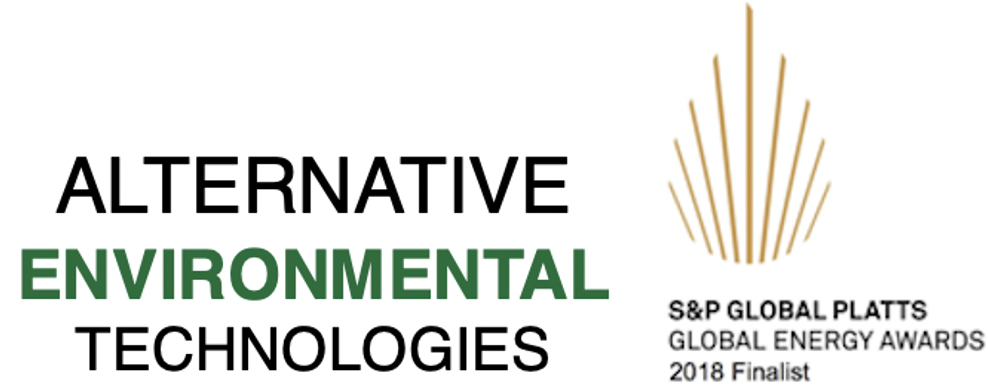Overview
The APT Technology has been at the forefront of emulsified fuel technologies since 1992. Most of its laboratory research and development has taken place at technical research and development centers in the United States of America. APT also has unique arrangements with Universities around the world and various industry partners to undertake state-of-the-art research and development programs.
The scientists that developed the APT Technology understand that what works in the laboratory may not necessarily work in the “real world”. Accordingly, APT has given the highest priority to the importance of the continuous manufacture of APT Emulsified Fuels in commercial quantities and conducting testing on combustion applications while they are in commercial operation. APT’s pool of scientists, whom are under exclusive arrangements, are maintained under a strict policy that segregates their activities.
Areas of Emulsion Science
APT understands that its technology must meet the high expectation of the ultimate customer. Accordingly, the company has organized its development and commercial efforts into chemical studies, mechanical studies and combustion studies.
- Chemical studies cover the chemistry of the additives, the petroleum, the water and the resulting emulsions
- Mechanical studies cover the blending processing for mixing the various petroleum products, water and additives
- Combustion studies cover the ultimate end users’ application
By structuring its resources around chemical, mechanical and combustion engineering, APT is uniquely positioned to maximize the combustion environment to improve combustion efficiencies and reduce harmful emissions. APT’s scientists have determined that a better understanding of the combustion properties of emulsions is necessary because the ultimate customer is essentially paying for a particular combustion performance, not a particular fuel.
Field Testing
Only the most demanding field tests and trials can expose technologies and products to the rigors and requirements of the ultimate consumer. Early research found that variables such as ambient temperature and even altitude can significantly affect the quality, stability and combustion of APT Emulsified Fuels. For example, much of the APT Technology was developed in the high desert region of Reno Nevada, where the high altitude (over 4,000 ft.) and extreme temperatures (varying from -20°F to 110°F) made it an ideal site for developing a robust APT Emulsified Fuels technology that works in a wide variety of climatic conditions.
The APT Technology has been tested at world-class testing centers such as USEPA’s Research Laboratory in Triangle Park, North Carolina, and by independent USEPA certified laboratories such as California Truck Testing Services in Richmond, California and Southwest Research Institute in San Antonio, Texas.
Innovation and Continuous Improvements
The APT Technology encompasses not only the finished fuel product and its combustion, but also the components critical towards consistently making commercial quantities of emulsified fuels of the highest quality. APT is committed to ongoing research and development programs that stress product improvements and enhancements. Its scientists continually work to further reduce the costs of manufacturing APT Additives and Blending Units. From a technical perspective, studies are conducted with a focus on improving fuel stability, providing cost effective combustion enhancements and increasing the processing rate of APT Blending Units.
From a regulatory standpoint, most countries set very strict standards for the composition of petroleum fuels. However, when the first generations of the APT Technology were being introduced, little or no governing standards existed. Consequently, APT’s scientists pioneered and developed their own strict standards for stability and performance, which to this day are still constantly challenged and updated. Since that time, several countries have established standards for emulsified fuels. One such country is Italy, which has recognized the benefits of emulsified diesel fuel oils by giving them a reduced excise tax over standard diesel fuel oil, subject to the fuels meeting very strict standards of stability and chemical composition. Italian government fuel laboratories must certify that an emulsified fuel meets these standards, before the fuel can it be offered commercially. To date, several APT products have met those standards and have been certified for commercial sale in Italy.
Other Technologies Under Development
APT is exploring other environmental related technologies that allow APT’s scientists to leverage their expertise in chemical, mechanical and combustion sciences. For example, within chemical studies, APT is exploring applications in the petrochemical industry where emulsions can be used to accelerate chemical reactions such as oxidation. Within mechanical studies, APT is exploring opportunities of physical modifications and improvements to engines and boilers to better respond to other alternative fuels such as biofuels. Within combustion studies APT is exploring how its understanding of the unique combusting properties of emulsions can apply to new generations of fuel additives. Finally, APT is also using it unique and talented team of scientists to evaluate other potential technologies.
Notwithstanding APT’s technological leadership position, the Company recognizes the importance of continued research & development efforts in maintaining its competitive advantage. APT’s unique understanding of fossil fuel use and reaction characteristics will enable the Company to expand into other exciting areas of alternative energy. For example, APT has utilized its scientists’ unique backgrounds to evaluate emerging technologies from potential licensing partners. APT believes its collective understanding of regulatory matters, commercialization barriers and the underlying science provides the Company with enormous credibility in realizing the potential of new opportunities.
| Technology under Development | Application / Advantage |
| Technology licenses being considered |
|
